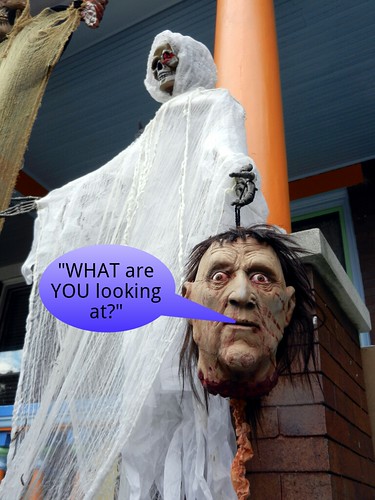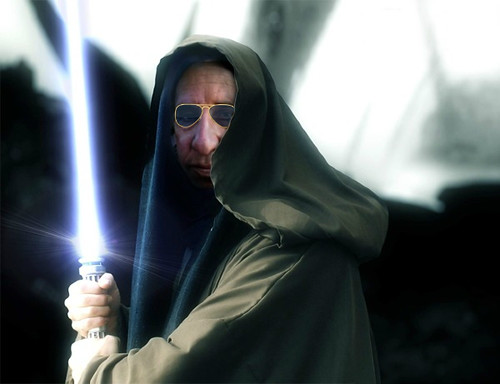 What Feynman is presenting in the video is an atheist’s version of the story of Adam and Eve and the Tree of Knowledge. Feynman’s banana is analogous to the fruit of the Tree of Knowledge, which is more typically depicted as an apple.
What Feynman is presenting in the video is an atheist’s version of the story of Adam and Eve and the Tree of Knowledge. Feynman’s banana is analogous to the fruit of the Tree of Knowledge, which is more typically depicted as an apple.
And as an atheist, Feynman rejects the version of man’s origins presented in Genesis, but rather considers man to be a close relative and a descendant of the apes. Plucking a banana from its tree is like obtaining one additional bit of understanding of “the ultimate laws of physics”.







